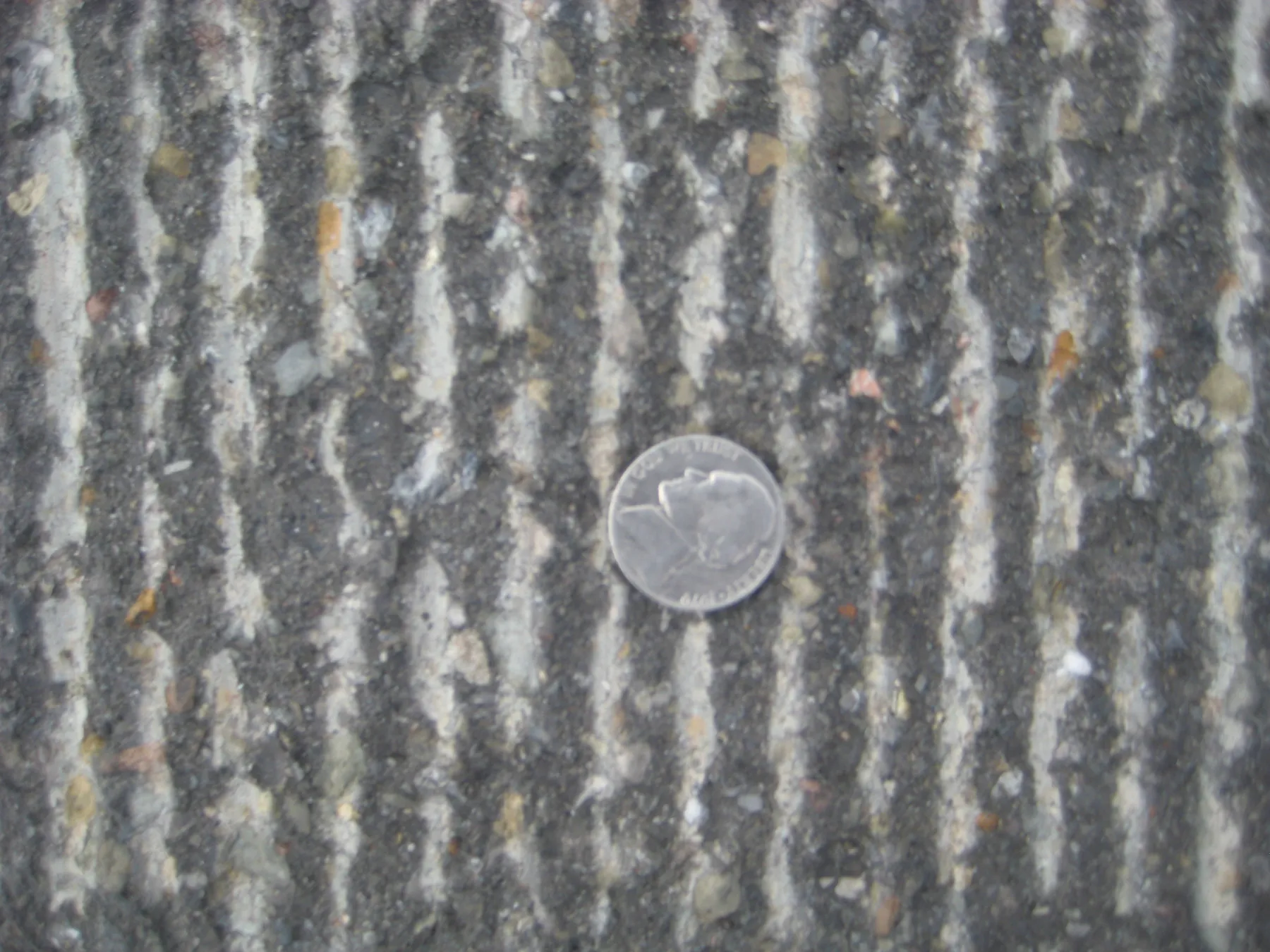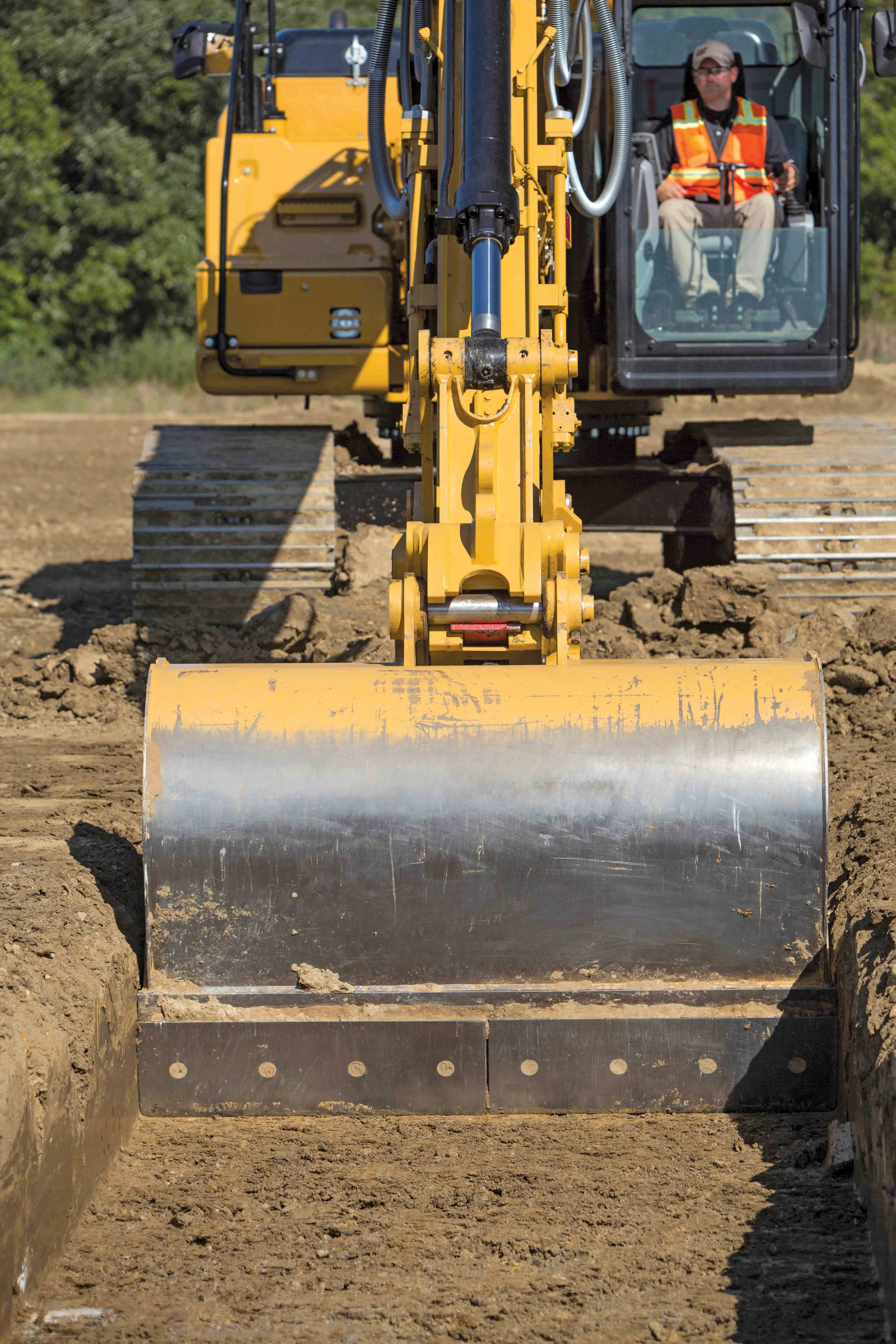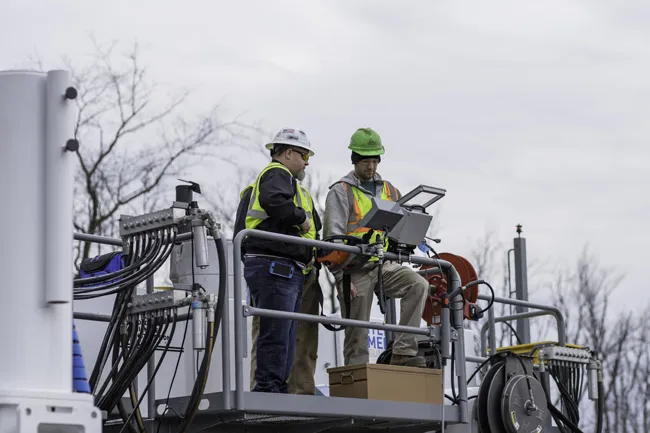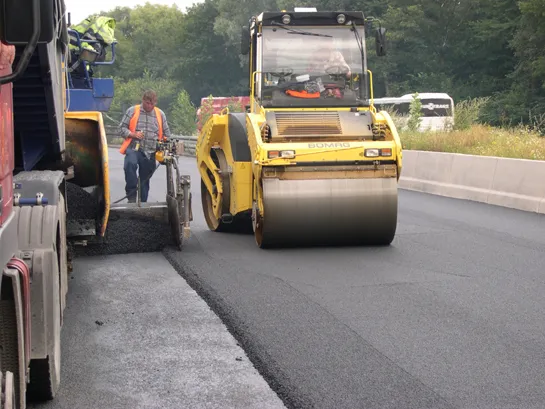High micro-milling results are said to be achievable using the new cutter from Roadtec.
This product has been developed to meet the growing demand for thinner friction courses, which require proper surface preparation. Delamination of thin courses can occur when surfaces are prepared with conventional milling equipment, according to Roadtec. The firm adds that water can get trapped in the recesses of a conventionally milled surface, leading to premature pavement failure.
March 20, 2012
Read time: 2 mins

High micro-milling results are said to be achievable using the new cutter from 1252 Roadtec.
This product has been developed to meet the growing demand for thinner friction courses, which require proper surface preparation. Delamination of thin courses can occur when surfaces are prepared with conventional milling equipment, according to Roadtec. The firm adds that water can get trapped in the recesses of a conventionally milled surface, leading to premature pavement failure.
In thin overlay applications micro-milling is required for good results, so Roadtec developed this cutter, which is able to produce a fine, straight-line pattern and does not deviate with changes in travel speed or machine stops for truck changes. Tests of the surface have shown good results, while the milled surface texture is said to be safe for cars and motorcycles when opened to traffic before paving begins. Roadtec says tooth consumption is also low with its new cutter, and, on a recent job consisting of 8km of roadway (16 lane km), 25.4mm removal with a micro finish, no teeth were changed during the five-day project.
This product has been developed to meet the growing demand for thinner friction courses, which require proper surface preparation. Delamination of thin courses can occur when surfaces are prepared with conventional milling equipment, according to Roadtec. The firm adds that water can get trapped in the recesses of a conventionally milled surface, leading to premature pavement failure.
In thin overlay applications micro-milling is required for good results, so Roadtec developed this cutter, which is able to produce a fine, straight-line pattern and does not deviate with changes in travel speed or machine stops for truck changes. Tests of the surface have shown good results, while the milled surface texture is said to be safe for cars and motorcycles when opened to traffic before paving begins. Roadtec says tooth consumption is also low with its new cutter, and, on a recent job consisting of 8km of roadway (16 lane km), 25.4mm removal with a micro finish, no teeth were changed during the five-day project.









